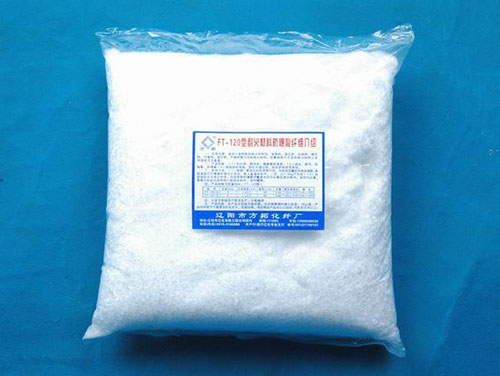Main uses of special fibers for cement concrete: reinforced crack-resistant fibers
1) Prevent plastic shrinkage cracks in concrete. In the process of setting and hardening of concrete, water loss on the surface will lead to plastic shrinkage and cracks. Concrete with polypropylene fibers can prevent such cracks. Because the elastic modulus of polypropylene fibers is lower than that of hardened concrete, the crack resistance (temperature stress or mechanical load) of hardened concrete is limited, the tensile and flexural strength is not improved, and the toughness of concrete is improved to a certain extent.
2) Improving the fire resistance of hardened concrete. Under the action of high temperature, polypropylene fibers will soften and burn down first, and many channels will be formed in concrete. Water vaporized at high temperature can be discharged along these channels to prevent water vaporization from forming internal high pressure and causing concrete to burst, thus greatly improving the fire-resistant time and fire-resistant grade of concrete.

Improve crack resistance: uniformly dispersed fibers present three-dimensional network structure in cement concrete, withstand the tensile stress caused by water loss and drying shrinkage in the plastic state of cement concrete, reduce or even completely prevent the occurrence of surface cracks in concrete.
Improving the impermeability of concrete: After adding fibers, it can effectively prevent the segregation of cement concrete and improve the overall uniformity of the pouring body; significantly reduce the number, length and width of cracks, reduce the possibility of forming through cracks, play the role of blocking the capillary cracks in concrete, and improve the impermeability of concrete. At the same time, the transfer rate of moisture, chloride ion and air in concrete decreases, thus delaying the corrosion of steel bars.

